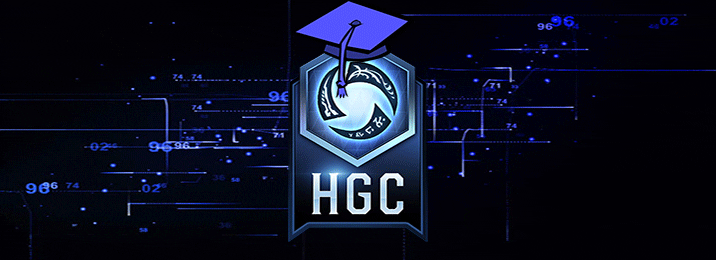
Lessons From HGC Week 1
by JR Cook - 7 years ago show comments
The first week of the new and improved Heroes Global Championship is in the books. Not only did it provide great matches and interesting games, but it also gave us our first real look at the competitive Meta since Blizzcon. While not everything about the pro game translates to Hero League or Team League, there were still several great takeaways from last weekend’s games that we can apply to our own games.
Ragnaros is still the Boss
Just when Hero League players were starting to think they didn’t need to ban Ragnaros every game, the pros went and showed us what a devastating force he still is. He was picked first more than any other Hero and he finished the weekend with a win rate of over 60%. While Lava Wave sees a lot of play in HL and TL, the Heroic of choice for the pros was Sulfuras Smash.

The typical build also featured Catching Fire at Level 4 and Resilient Flame at Level 13. Expect to see the Ragnaros bans continue, and if you aren’t capable of playing Ragnaros when you have first pick you should probably start practicing him.
Medivh the Playmaker
If Day 1 taught us anything, it was that Medivh is capable of being a serious game changer when played well. Team expert used him in two games on their way to a three game sweep over Diamond Skin, and Glaurung stole the show as Medivh in Game 2 of Team 8 vs. No Tomorrow.
The pros have always valued the utility that Medivh brings, but HL players are understandably skeptical anytime a teammate wants to pick him. It is difficult for a team of solo queue players to have the necessary coordination to make the most of a Medivh comp so his HL potential is limited, but if you have a regular Team League group or Chair League team you might want to take a cue from the pros and give Medivh a try.
Don’t rework me bro!
Tassadar may be the best example of the difference between the professional game and the game the rest of us play. Tassadar is a Hero who has traditionally struggled to find success in solo queue situations, yet he is highly valued by the pros. While many players were looking forward to the Tassadar rework, the pros showed that his old kit worked just fine. He had a 100% win rate in twelve games, and was the most banned Hero. He was also a big part of why Double Support comps won nine of the ten games in which they were featured. It remains to be seen how Tassadar will fare now that his rework is live, but if this weekend’s results were any indication, HL and TL players should consider more Double Support comps. Just be sure that the other Heroes on your team are able to make up for the reduced damage.
Uther falls short
Uther, once the dominant healer in competitive play, has fallen out of favor in recent months. If this weekend’s games were any indication, he won’t be returning to the top any time soon. He only saw play in two games and he lost both of those and clearly struggled to keep up with the sheer volume of damage that is present in the current Meta. Teams tried to adapt to this by using more of a Wave of Light build, but too often Uther’s teammates would die before his abilities could come off cooldown. If you play against players who don’t coordinate damage well this Wave of Light build might be an option, but Uther is likely to struggle against opponents who consistently apply damage and punish players who group up.

Watching professional Heroes of the Storm is a great way to improve your game, you just have to figure out how to apply what you learn to the game that you play. Not everything that works for a team of professionals will work for a bunch of solo queue players, and some things that don’t work in professional games can be extremely effective against average players (I’m looking at you split push Azmodan).
The HGC resumes this Friday at 9am PST/6pm CET. Your homework is to watch a few games and see what you can take away to improve your own play.
Many of the stats used in this article were compiled from masterleague.net